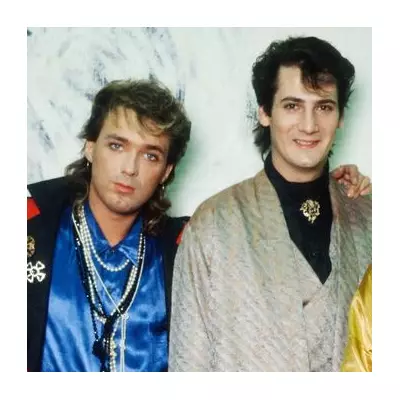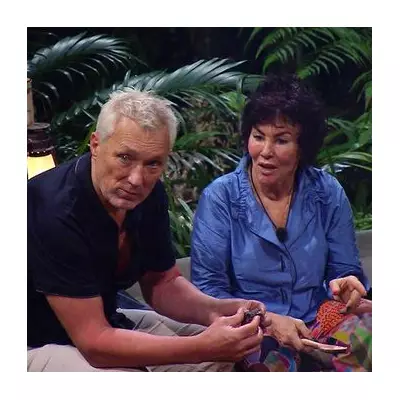
New research has uncovered Australia's undisputed capital of kink, revealing which suburbs are leading the nation in fetish exploration and alternative lifestyle adoption.
The Surprising Hotspots
Data analysis of search trends and adult lifestyle patterns has identified Sydney's inner-city areas as the epicentre of Australia's kink scene. The affluent suburb of Potts Point emerged as the clear frontrunner, with residents showing significantly higher interest in fetish-related activities compared to other Australian locations.
Following closely behind were neighbouring suburbs Surry Hills and Darlinghurst, cementing Sydney's eastern suburbs as the nation's hub for sexual exploration and alternative lifestyles.
Beyond the Eastern Suburbs
The research revealed several unexpected contenders across the country. In Melbourne, the trendy inner-northern suburb of Fitzroy showed strong interest in kink culture, while Perth's Mount Lawley and Brisbane's Fortitude Valley also ranked among the top areas for fetish-related searches.
What's particularly fascinating is how these trends correlate with demographic factors. The data suggests that younger, more affluent populations in urban centres are driving this cultural shift toward sexual openness and exploration.
Understanding the Trend
Experts suggest several factors contributing to these geographic patterns:
- Higher concentration of LGBTQ+ communities in these areas
- Greater access to adult entertainment venues and specialty stores
- More diverse and accepting social environments
- Younger demographic profiles with disposable income
The normalization of kink culture through mainstream media and popular entertainment has also played a significant role in bringing these discussions into the open.
What This Reveals About Modern Australia
This data provides fascinating insights into how Australian attitudes toward sexuality and personal expression are evolving. The concentration of interest in specific urban areas suggests that while mainstream Australia is becoming more accepting, certain communities are leading this cultural transformation.
As one researcher noted, "These patterns reflect broader social changes where personal expression and sexual identity are becoming increasingly important aspects of how people define themselves and their communities."





